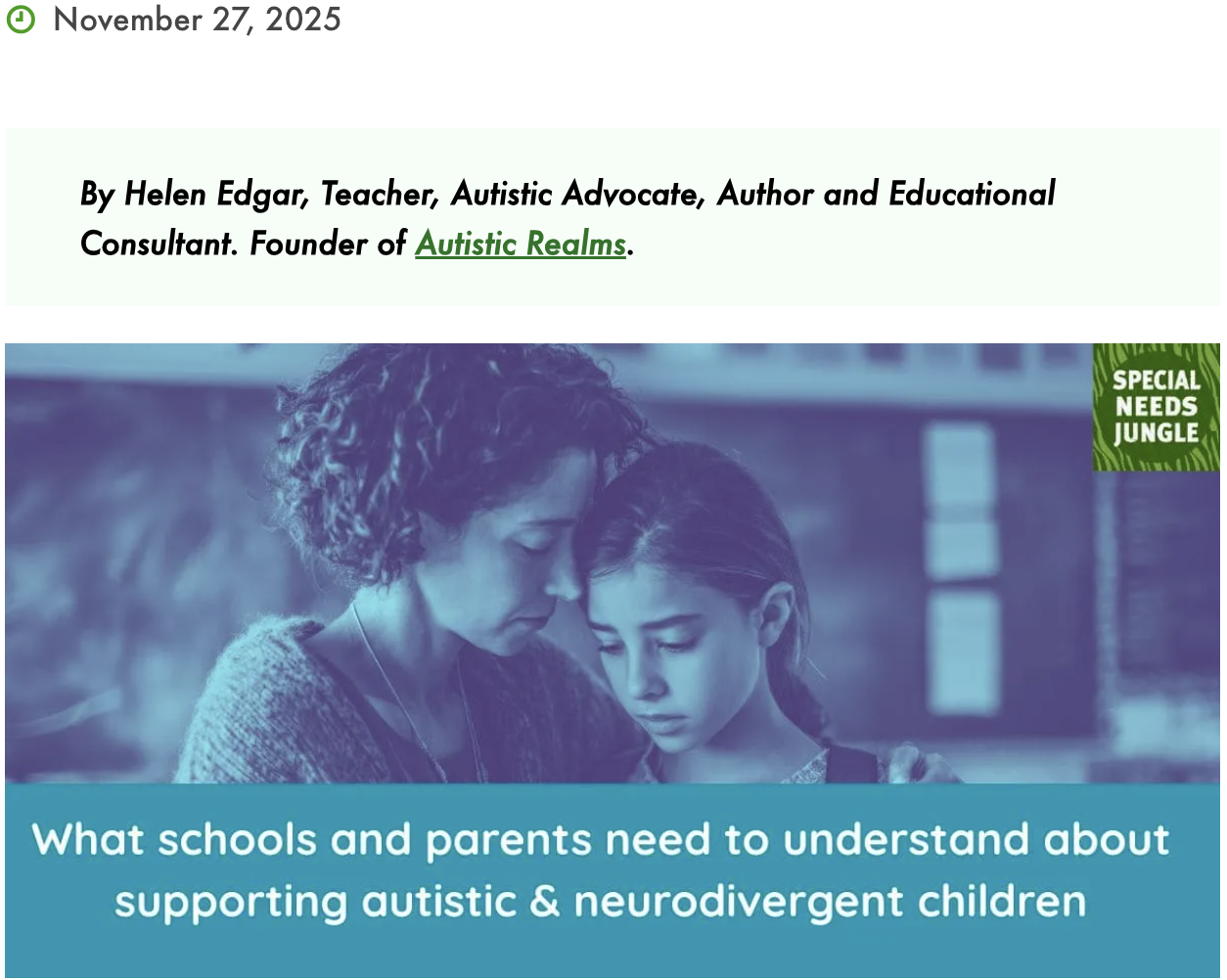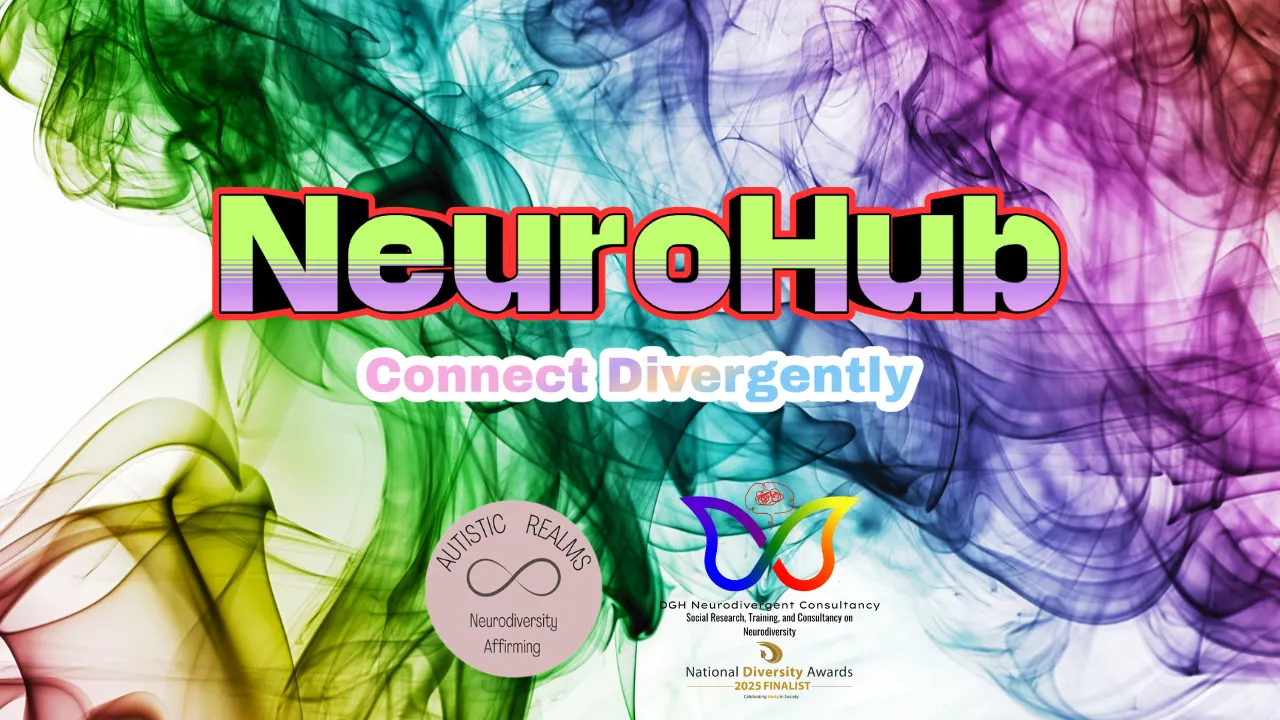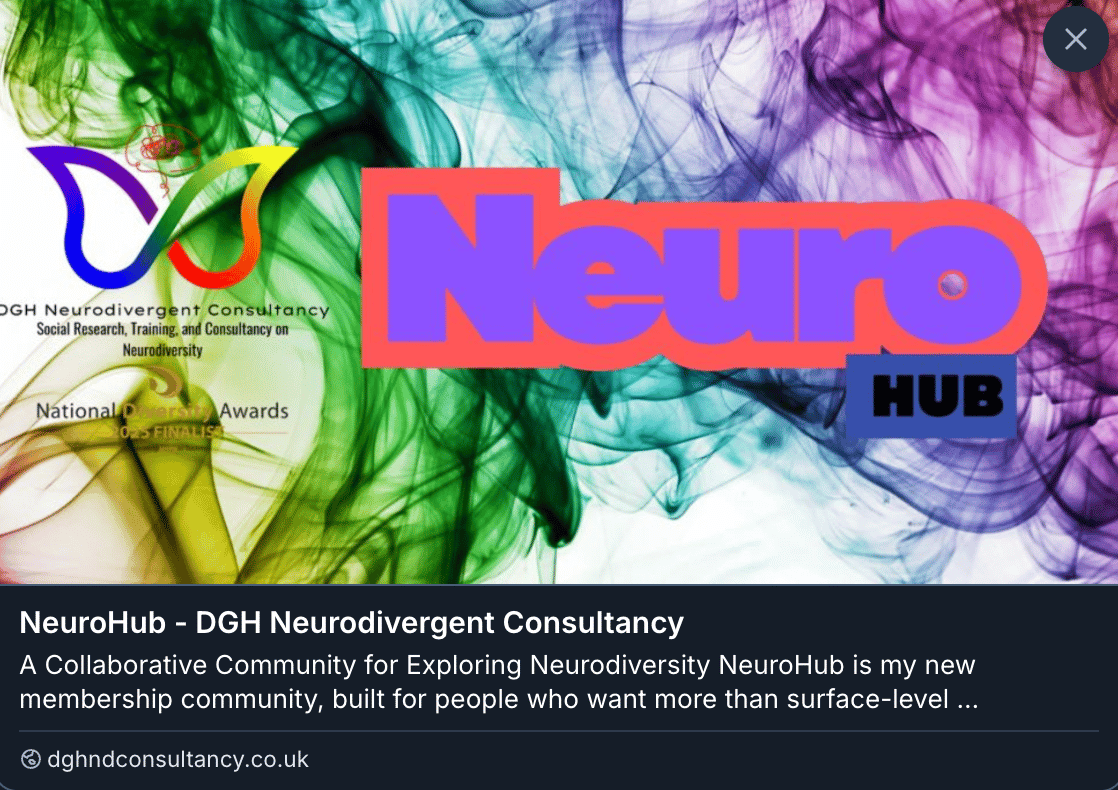Your basket is currently empty!

Call for Submissions: Share your experiences of being monotropic.
Open Invite: Share your experiences of being monotropic.
Share poems, art, blogs, essays, videos, podcasts, music, etc., that reflect your experience of being monotropic. We will publish across Stimpunks & Autistic Realms as part of our community project. Some stories may be chosen for a community ebook that will be openly licensed; if you would rather your work wasn’t included in this please state on your submission.
Map of Monotropic Experiences
You can use our “Map of Monotropic Experiences” for ideas. This map was created by myself, Helen Edgar (Autistic Realms) and offers insights into my own experiences as an AuDHD monotropic person.
We’d love you to share your experience of one or more of these areas.
Share how you travel between areas.
Share what your own Map of Monotropic Experiences may look like – you may like to add or take away different elements.
Would some areas take up more of the map than others?
Has your map changed over the years – what would your childhood map look like?
What do you want your map to look like in the future?
You don’t have to reference the map for your submission. We offer it as optional inspiration.

License: “Map of Monotropic Experiences” by Helen Edgar is
licensed under CC BY-SA 4.0
Reflection Questions
Here are some reflection questions to spur inspiration:
- Where are you on the map?
- Where do you want to be?
- How can you get there?
- What support will you need?
- What is your biggest hurdle?
- What new areas would add to the map?
- Are some areas bigger for you? Perhaps you need to expand the mountains of ruminating thoughts or maybe you feel stuck in a giant burnout whirlpool.
- Are you experiencing many areas all at once – how does that feel, and what helps you navigate?
- What does the forest of joy, awe, and wonder feel like for you – what are your passions?
What Is Monotropism?
What is monotropism?
Monotropism is a neurodiversity affirming theory of autism (Murray et al 2005).
Autistic / ADHD / AuDHD people are more likely to be
monotropic (Garau et al., 2023).
Monotropic people have an interest-based nervous system. This means they focus more of their attention resources on fewer things at any one time compared to other people who may be polytropic.
Things outside an attention tunnel may get missed and
moving between attention tunnels can be difficult and take a lot of energy.
Monotropism can have a positive and negative impact on
sensory, social and communication needs depending on the environment, support provided and how a person manages their mind and body.
Community input from various social media platforms to help define monotropism
Collected by Autistic Realms, January 2024
Find out more:
www.monotropism.org
Latest Posts
-
Autistic Burnout – Supporting Young People At Home & School

Autistic burnout in young people is real—and recovery starts with understanding. This post offers neuroaffirming ways to spot the signs, reduce demands, and truly support. 💛 #AutisticBurnout #Neuroaffirming #Monotropism #AutisticSupport
-
Monotropic Interests and Looping Thoughts

The theory of monotropism was developed by Murray, Lawson and Lesser in their article, Attention, monotropism and the diagnostic criteria for autism (2005). Monotropism is increasingly considered to be the underlying principle behind autism and is becoming more widely recognised, especially within autistic and neurodivergent communities. Fergus Murray, in their article Me and Monotropism:…
-
Map of Monotropic Experiences

Monotropism seeks to explain Autism in terms of attention distribution and interests. OSF Preprints | Development and Validation of a Novel Self-Report Measure of Monotropism in Autistic and Non-Autistic People: The Monotropism Questionnaire This map highlights 20 common aspects of my personal monotropic experiences. How many do you experience? Where are you on the map…
-
Autistic Burnout – Supporting Young People At Home & School

Being autistic is not an illness or a disorder in itself, but being autistic can have an impact on a person’s mental and physical health. This is due to the often unmet needs of living in a world that is generally designed for the well-being of people who are not autistic. In addition, three-quarters of…
-
The Double Empathy Problem is DEEP

“The growing cracks in the thin veneer of our “civilised” economic and social operating model are impossible to ignore”, Jorn Bettin (2021). The double empathy problem (Milton, 2012) creates a gap of disconnect experienced between people due to misunderstood shared lived experiences. It is “a breakdown in reciprocity and mutual understanding that can happen between people…
-
Top 5 Neurodivergent-Informed Strategies

Top 5 Neurodivergent-Informed Strategies By Helen Edgar, Autistic Realms, June 2024. 1. Be Kind Take time to listen and be with people in meaningful ways to help bridge the Double Empathy Problem (Milton, 2012). Be embodied and listen not only to people’s words but also to their bodies and sensory systems. Be responsive to people’s…
-
Autistic Community: Connections and Becoming

Everyone seeks connection in some way or another. Connections may look different for autistic people. In line with the motto from Anna Freud’s National Autism Trainer Programme (Acceptance, Belonging and Connection), creating a sense of acceptance and belonging is likely to be more meaningful for autistic people than putting pressure on them to try and…
-
Monotropism, Autism & OCD

This blog has been inspired by Dr Jeremy Shuman’s (PsyD) presentation, ‘Neurodiversity-Affirming OCD Care‘ (August 2023), available here. Exploring similarities and differences between Autistic and OCD monotropic flow states. Can attention tunnels freeze, and thoughts get stuck? Autism research is shifting; many people are moving away from the medical deficit model and seeing the value…
-
Monotropism Questionnaire & Inner Autistic/ADHD Experiences

Post first published 28th July 2023 Over the past few weeks, there has been a sudden surge of interest in the Monotropism Questionnaire (MQ), pre-print released in June 2023 in the research paper ‘Development and Validation of a Novel Self-Report Measure of Monotropism in Autistic and Non-Autistic People: The Monotropism Questionnaire.‘ by Garau, V., Murray,…
-
Penguin Pebbling: An Autistic Love Language

Penguin Pebbling is a neurodivergent way of showing you care, like sharing a meme or twig or pretty stone to say “I’m thinking of you,” inspired by penguins who gift pebbles to those they care about.
-
What schools and parents need to understand about supporting Autistic and neurodivergent children

What schools and parents need to understand about supporting Autistic and neurodivergent children
-
Join NeuroHub Community Space

Join me & David Gray-Hammond in our new community NeuroHub. Access to exclusive webinars, resources and space to connect with others! Hope to see some of you there!
-
New Community NeuroHub Space with David Gray-Hammond

Autistic RealmsHelen Edgar Autistic Advocate, Author & ConsultantNeurodiversity-Affirming Supporting Autistic People To Grow & Thrive Welcome to Autistic Realms Newsletter! Exciting news! David Gray-Hammond (Emergent Divergence) has a new community: NeuroHub! I’m really delighted to be collaborating with David and to be part of this new community space as an affiliate.Why NeuroHub?Because the neurodiversity paradigm…













